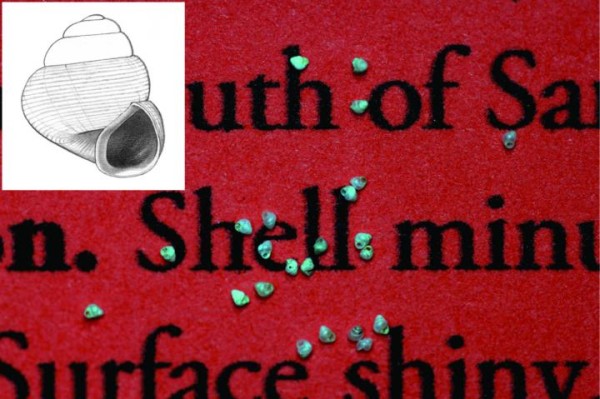Researchers apparently discovered the tiniest snail in the world, breaking the record of a snail that was discovered last September that measured 0.88 millimeters across in Southern China.
This even tinier snail was uncovered from northeastern Borneo in Southeast Asia that measures some 0.5 to 0.6 millimeters. This snail is so small that its measurement is equivalent to five human hairs placed beside each other. Scientists now call it Acmella nana as nanus is Latin for dwarf.
In this new study, scientists also discovered 47 new species land snails in Malaysia where most of them are among the smallest in the world. This region where the snails were discovered is called Sabah and is also known for its rich biodiversity.
Apart from finding the world's smallest snail, the team also discovered a unique snail species with a bizarre shaped shell resembling a curlicue called the Ditropopsis davisoni. According to lead author of the study, Menno Schilthuizen from the Naturalis Biodiversity Center and Leiden University of the Netherlands, the team is still figuring out the function of this bizarre shell shape, suggesting that it is too fragile for a land snail.
Scientists discovered these tiny snails within areas of limestone outcroppings where the rock contains calcium that these small creatures needed to produce their shells via scraping bits off stone with their mouthparts.
In these certain areas, the team collected soil and leaf debris and are placed inside a bucket of water where they are filtered as the shells float on the surface. The snails that were found have already died as their shells become crucial for their classification however, this is still not enough to determine the tiny creatures' biology since their soft bodies decay fast.
To date, it is still unclear where most of these snails thrive or what they feed upon. However, scientists believe that these snails possess gills as well. This new study is published in the journal, ZooKeys.


